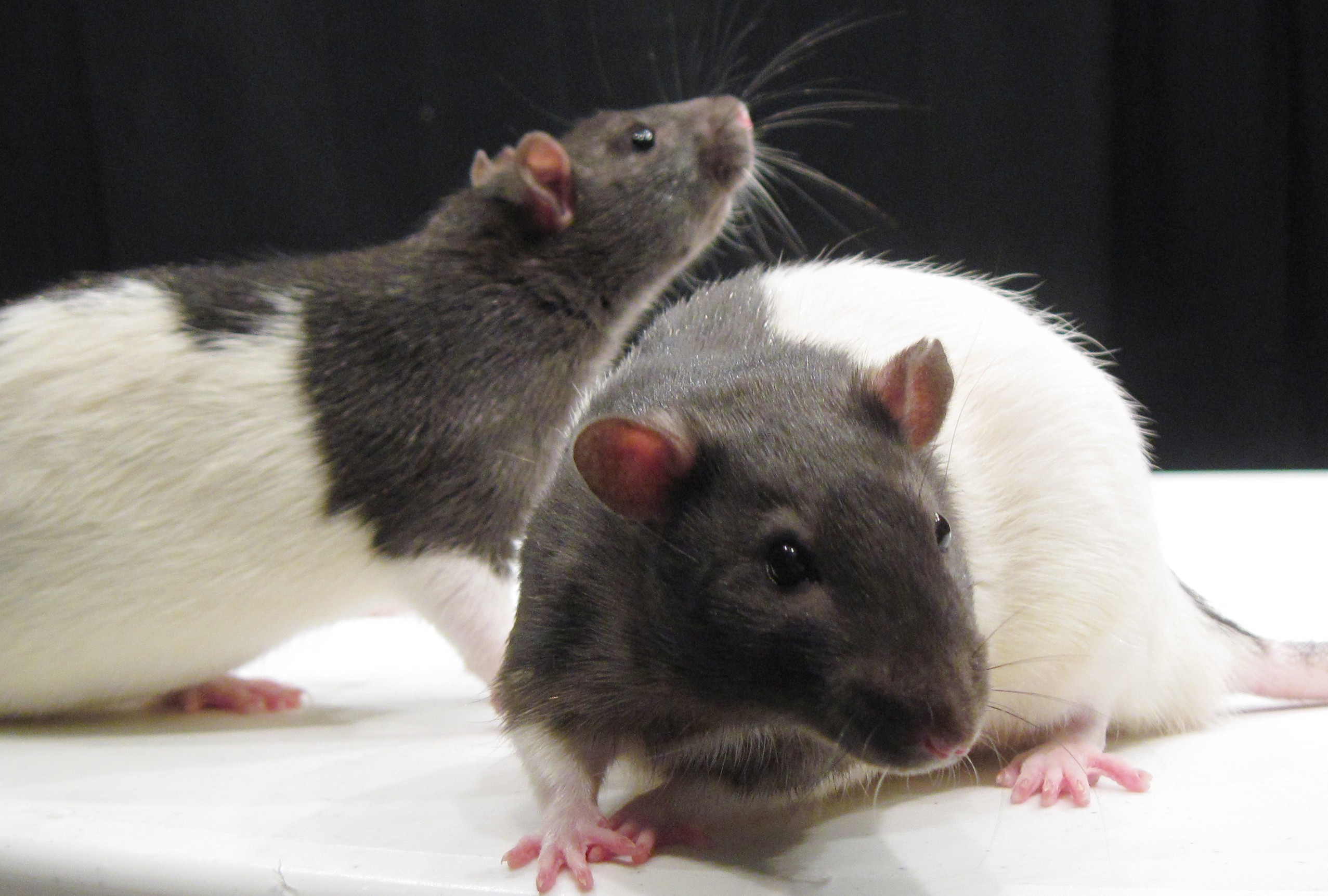Cbra Fact Sheet: Why Are Animals Necessary In Biomedical Research?

Research Advancing Health
The goal of biomedical research is to translate discoveries and observations in the laboratory or clinic into new therapies. Biomedical enquiry methods range from predictive studies to those that involve whole living systems. Areas of study may include (1) gross populations, (2) individual homo subjects, (iii) nonhuman animals, (4) in vitro techniques using cells and tissues from humans, animals or fifty-fifty plants, (5) microorganisms including leaner, yeast or viruses, and fifty-fifty (6) molecular analyses of genes, proteins and other biomolecules. Animal models are utilized in biomedical inquiry when questions require a study of whole organisms that cannot exist carried out in humans.

Typically, animal studies are essential for research that seeks to understand circuitous questions of affliction progression, genetics, lifetime hazard or other biological mechanisms of a whole living system that would exist unethical, morally unacceptable or technically unfeasible or too difficult to perform in human subjects. The near mutual laboratory brute in biomedical research are purpose bred rats and transgenic mice. In fact, approximately 95% of all warm-blooded laboratory animals are rodents. The contributions fabricated past these animals and other species help researchers respond questions of biological doubt and are necessary and critical to the advancement of both human and animal health.
Other very important aids include mathematical modeling, database analysis, reckoner simulations and in vitro models, such as prison cell and tissue cultures. These computational methods are utilized to clarify large volumes of historical experimental data in lodge to highlight biological trends and high priority inquiry objectives, as well as to compile large volumes of experimental data into virtual biological systems and networks that, within the bounds of current knowledge, are capable of making predictive assessments of inquiry questions.
The focus of biomedical researchers are diverse, merely all seek to answer questions relevant to human and brute health that may i solar day translate into clinical practice. Enquiry programs tin exist found in public health, epidemiology, preventive medicine, epigenetics, cancer, aging, endocrinology, neuroendocrinology, diabetes, cellular biological science, molecular biological science, pharmacology, psychopharmacology, neuroscience, genetics, virology and much more.
Role of Animate being Research in Medical Advances
Well-nigh every major medical advance of the last century has depended upon research with animals. Animals have served equally surrogates in the investigation of human diseases and take yielded valuable information in the procedure of discovering new ways to treat, cure or prevent them. From immunizations to cancer therapy, our ability to manage the wellness of animals has also improved considering of brute research and the application of medical breakthroughs in veterinary medicine.
While a majority of the American public supports the necessary use of animals in biomedical inquiry, they are also concerned well-nigh the intendance and treatment of laboratory animals. NABR, forth with the scientific community, is committed to ensuring that all research conducted is ethical, responsible and humane.


Dogs
The shut relationship between dogs and people may pre-date recorded history. Over millennia, dogs accept become our well-nigh beloved pets and as well our hardest working partners. They guide those with special needs; assist police, fire and rescue personnel; and even aid in herding other animals. Ane of the most significant results of our partnership with dogs has been their contribution to our understanding of disease, and how to forbid and cure it. In fact, dogs and people get many of the same diseases, from heart disease to cancer. What we tin glean from studying dogs in medical and scientific inquiry often yields treatments that help not simply people, only also dogs themselves.

Mice and Rats
Rodents play an invaluable role in biomedical enquiry. Approximately 95% of all laboratory animals are mice and rats. Reducing reliance on higher-order species, rodents have become the animal model of pick for biomedical researchers considering their physiology and genetic makeup closely resembles that of people. Despite certain differences between people and rodents, the similarities are potent plenty to give researchers an enormously powerful and versatile mammalian organization in which to investigate human illness.

Source: https://www.nabr.org/biomedical-research/importance-biomedical-research
Posted by: madisonwidefirearm.blogspot.com

0 Response to "Cbra Fact Sheet: Why Are Animals Necessary In Biomedical Research?"
Post a Comment